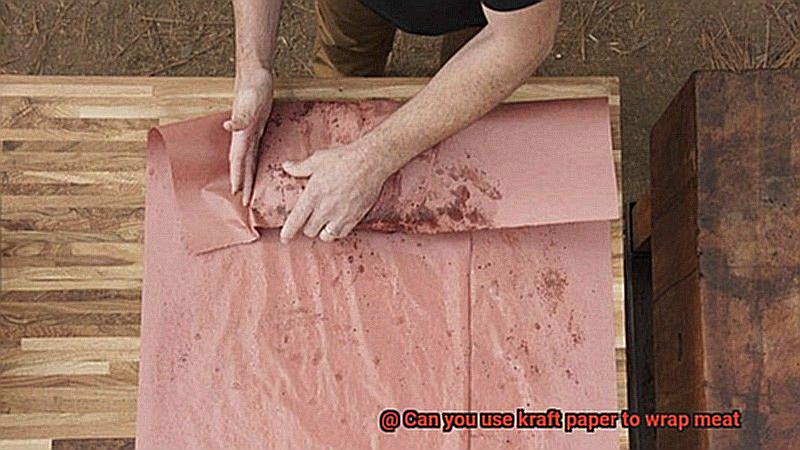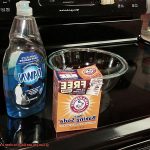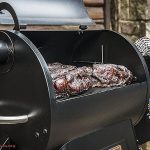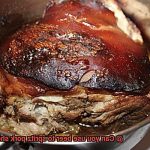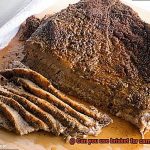Are you tired of using plastic wrap to store your meat? Have you ever considered wrapping it in kraft paper instead? It may seem like an unconventional choice, but trust us – it’s worth exploring.
Kraft paper is a sturdy material made from wood pulp that’s commonly used for packaging. Its high strength and resistance to tearing make it an ideal option for wrapping meat. Plus, unlike plastic wrap, it’s biodegradable and can be composted after use.
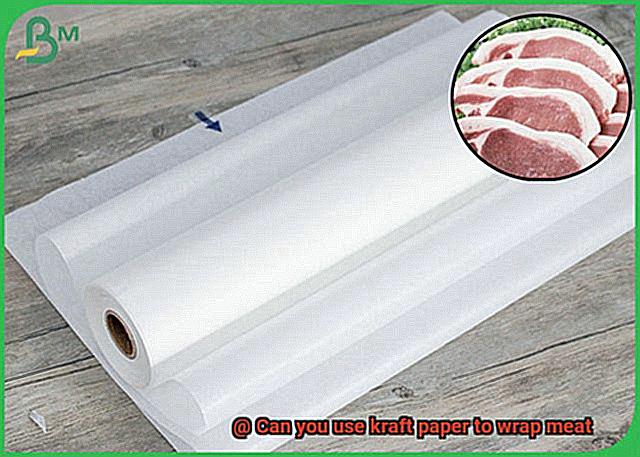
But before you start wrapping away, there are some things to keep in mind. Not all kraft paper is created equal – some types may contain harmful chemicals or additives that could be dangerous if they come into contact with food. To ensure safety, always choose unbleached, food-grade kraft paper specifically intended for use with food.
Another benefit of using kraft paper is its breathability. This feature can help keep your meat fresher for longer periods by allowing air to circulate around the meat. Plus, it’s a more eco-friendly option than plastic wrap, which can take hundreds of years to decompose.
In this blog post, we’ll delve into the specifics of using kraft paper for meat storage and explore both the benefits and risks associated with this method. So whether you’re an eco-conscious consumer or just looking for a new way to store your meat, read on to learn everything you need to know about using kraft paper as a wrap.
Contents
What is Kraft Paper?
Kraft paper is a type of paper made from the pulp of wood chips. Its popularity as a packaging material stems from its strength and durability, which make it an ideal choice for various packaging needs. The name “kraft” derives from the German word for strength, highlighting the paper’s robustness.
Kraft paper is usually brown in color due to its unbleached state, which gives it a natural and rustic look. However, it can also be bleached to produce a lighter color. The unbleached version is popular for eco-friendly packaging as it is biodegradable and recyclable, making it an environmentally friendly choice.
One of the primary benefits of kraft paper is its resistance to tearing and punctures, making it a reliable option for packaging heavy items like meat. Additionally, kraft paper has excellent moisture resistance, which helps keep meat fresh during transportation or storage.
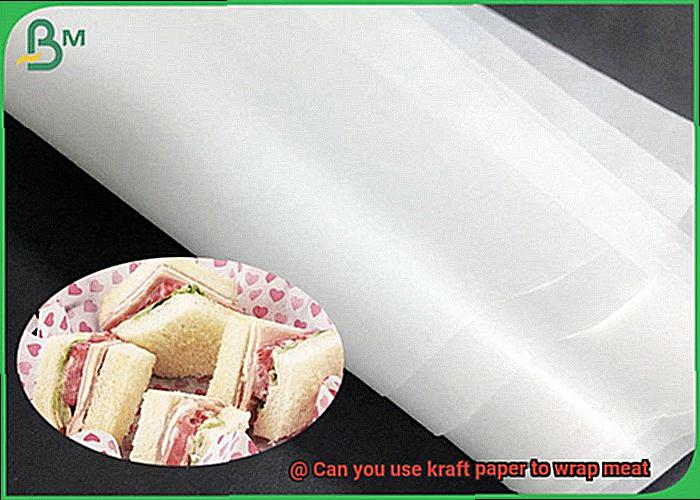
When using kraft paper for wrapping meat, it’s essential to choose a high-quality grade designed explicitly for food contact. This ensures food safety compliance and prevents contamination.
To wrap meat in kraft paper, carefully wrap the meat tightly, ensuring that the paper doesn’t tear while doing so. If you’re grilling or smoking the meat, place it with the seam side down to prevent any juices from leaking out. However, it’s crucial to monitor the meat closely while cooking as kraft paper is not as heat-resistant as other materials like foil or parchment paper.
What Grade of Kraft Paper Should You Use?
As a meat-wrapper, you know that choosing the right packaging material is a crucial step in ensuring the safety and freshness of your product. When it comes to kraft paper, selecting the appropriate grade is essential. Kraft paper comes in varying grades, each with its own unique strength and durability properties.
To guarantee that your meat stays safe from moisture and potential tearing during transport or storage, it is recommended to use a higher-grade kraft paper such as a 40-pound or higher. Lower-grade papers may not provide enough protection for the meat, leading to potential contamination or spoilage.
Another critical consideration when choosing kraft paper is whether it is coated or uncoated. Coated papers have an additional layer of wax or polyethylene coating on one or both sides, providing extra protection against moisture and grease. However, coated papers may not be suitable for direct contact with food as the coating can contain chemicals that may be harmful if ingested.
To sum up, when selecting kraft paper for wrapping meat, always opt for a high-grade paper such as a 40-pound or higher. Additionally, consider whether a coated or uncoated paper is suitable for your specific use case. By choosing the right grade of kraft paper, you can guarantee that your meat stays protected and fresh.
Remember, kraft paper is an eco-friendly packaging material that is perfect for wrapping heavy items like meat due to its resistance to tearing and punctures, excellent moisture resistance, and natural rustic look. Here are some tips to guide you when selecting the right grade of kraft paper:
- Look for high-grade kraft paper such as a 40-pound or higher for maximum strength and durability.
- Consider whether a coated or uncoated paper is suitable for your specific use case.
- Always choose a high-quality grade designed explicitly for food contact to ensure food safety compliance and prevent contamination.
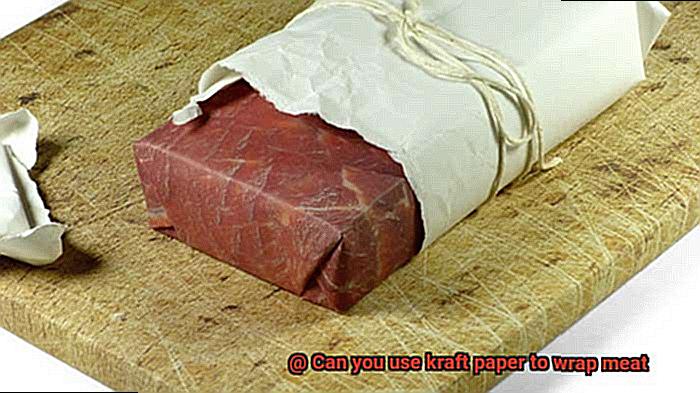
Are There Any Chemicals Used on Kraft Paper?
As a meat-wrapper, you understand the importance of keeping your product safe for consumption. When it comes to choosing the right packaging material, kraft paper is a popular and reliable option. However, you may wonder if any harmful chemicals are used in its production.
The answer is yes, but it’s not as alarming as it sounds. Kraft paper is made from wood pulp that undergoes a chemical treatment process. The two main chemicals used are sodium hydroxide and sodium sulfide, which are typically natural and non-toxic. Sodium hydroxide breaks down the lignin in wood fibers, while sodium sulfide dissolves the lignin and separates the fibers to create durable kraft paper.
While these chemicals are necessary for the production of kraft paper, some manufacturers may add bleaches or dyes to enhance its appearance or performance. These added chemicals could be potentially harmful if they come into contact with food and are not natural or non-toxic.
It’s important to ensure that any kraft paper used for food packaging meets food-grade standards set by regulatory agencies like the FDA in the US. These standards mandate that the paper must not contain any harmful substances that could contaminate food.
In summary, kraft paper is generally safe for use in food packaging as long as it meets regulatory standards. You can rest easy knowing that the chemicals used in its production are usually natural and non-toxic. When choosing kraft paper for your packaging needs, make sure to check for any added chemicals that could pose a risk to consumers.
Is It Safe to Use Kraft Paper to Wrap Meat?
As a meat-wrapper, you understand that the packaging of your product is just as important as the quality of the meat itself. Kraft paper has been a popular choice for wrapping meat due to its durability and moisture retention abilities. However, the question remains: is it safe to use kraft paper for meat packaging?
The answer is not as straightforward as one might think. While kraft paper itself is not harmful, it is essential to consider the potential presence of chemicals in the ink or coating on the paper. Harmful substances such as lead or cadmium can be present in some types of kraft paper, which can be hazardous to human health if the paper comes into contact with food.
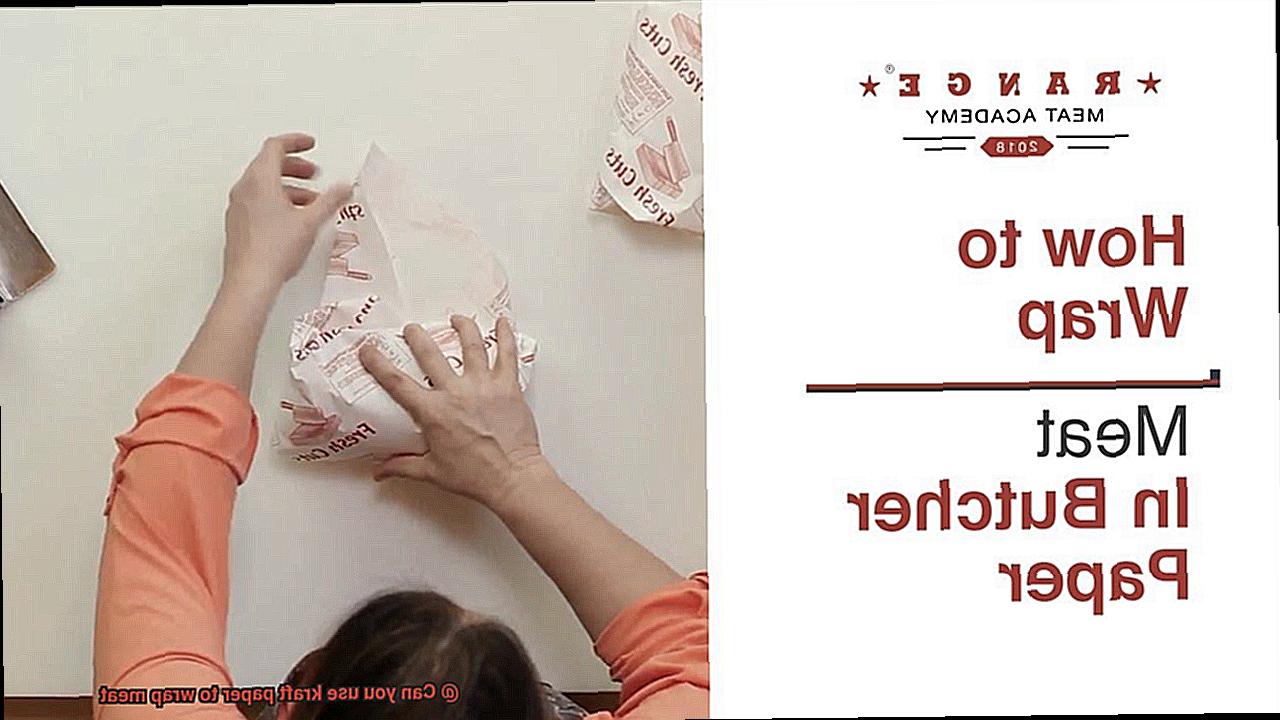
Moreover, cooking meat wrapped in kraft paper can also pose risks. The high heat could cause the paper to ignite and release harmful chemicals into the air and onto the food. Therefore, it is crucial to use only food-grade kraft paper specifically designed for wrapping meat so that it does not contain any harmful chemicals.
When using kraft paper to wrap meat, it is also essential to practice proper handling and storage techniques. Before handling the meat, ensure your hands and work area are clean to prevent any contamination. Proper storage of both the meat and the kraft paper at the appropriate temperature will prevent bacterial growth and ensure that both remain free from contaminants.
Benefits of Using Kraft Paper for Grilling or Smoking Meat
This unbleached, natural paper commonly used for packaging and shipping has become increasingly popular as a tool for cooking meat. And for good reason – there are several benefits to using kraft paper when grilling or smoking meat.
First and foremost, kraft paper helps to keep your meat juicy and tender. By wrapping your meat in kraft paper during cooking, you’ll help seal in moisture and prevent it from drying out. Meat that is cooked for long periods of time, such as brisket or pulled pork, can easily dry out without proper moisture retention. But with kraft paper, you can ensure that your meat stays succulent and delicious.
But that’s not all – kraft paper also promotes the development of a crispy crust on the exterior of your meat. By allowing natural juices to escape while retaining moisture, kraft paper helps to create a beautiful and tasty crust that will have your taste buds singing.
And let’s not forget about safety. Kraft paper is incredibly durable and heat-resistant, making it a safe option for grilling or smoking. You can rest assured that your meat is cooking safely when wrapped in kraft paper.
But the benefits don’t stop there – kraft paper is also an eco-friendly option. Unlike aluminum foil or plastic wrap, kraft paper is biodegradable and can be composted after use. So not only will your food taste great, but you’ll also be doing your part for the planet.
To ensure the best results, always use food-grade kraft paper and handle it with care to avoid any potential chemical hazards or flammability issues. But with proper precautions in place, using kraft paper for grilling or smoking meat is a game-changer.
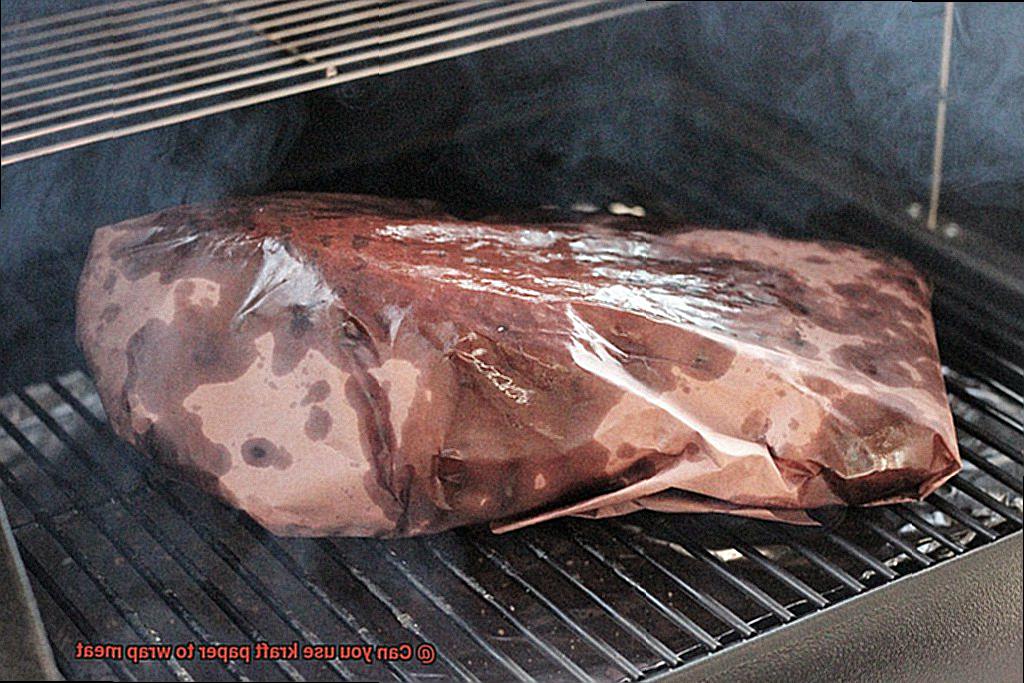
How to Handle the Meat Carefully When Wrapping with Kraft Paper
Wrapping meat with kraft paper can be a game-changer for your grilling experience, but it’s crucial to handle the meat with care to avoid any contamination. Here are five sub-sections for wrapping meat carefully with kraft paper.
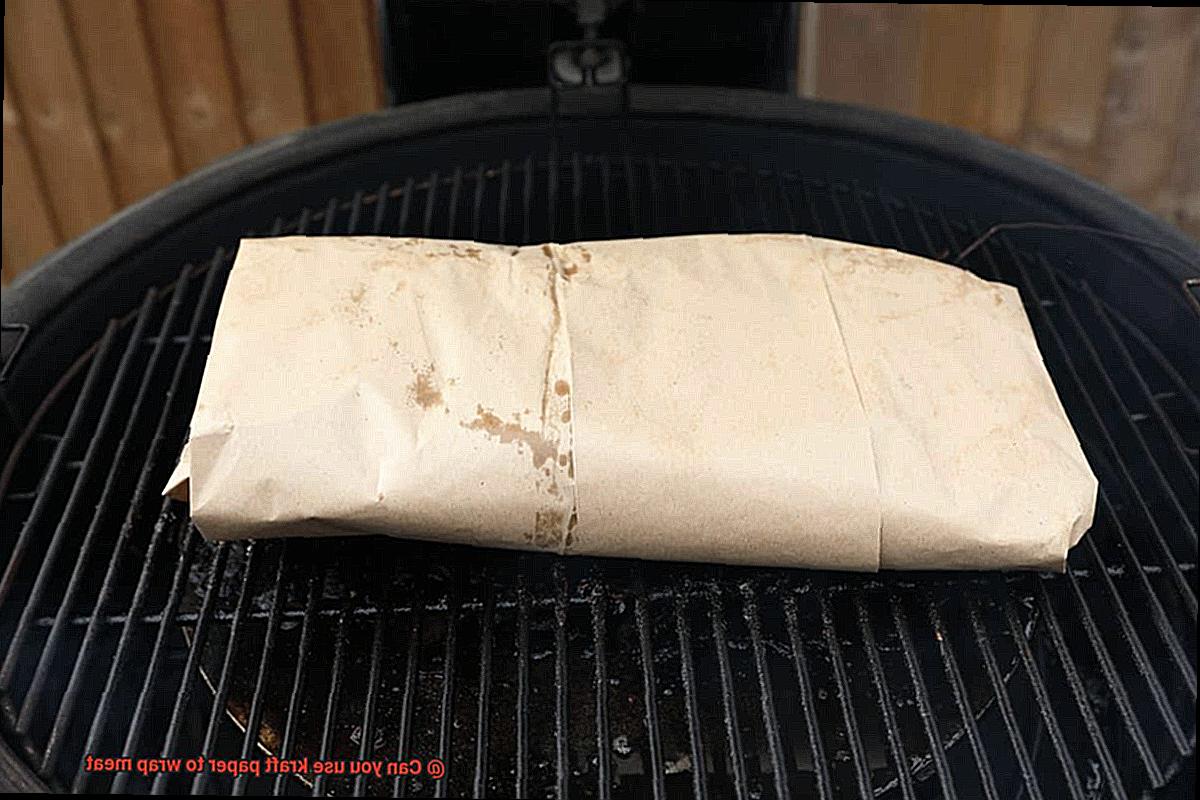
Cleanliness is Key
As with all meat-related tasks, cleanliness is a top priority. Before handling the meat, wash your hands thoroughly with soap and water. Ensure they are dry before touching the meat to avoid any moisture or bacteria transferring onto the packaging.
Choose the Right Kraft Paper
Choosing high-quality kraft paper is essential for wrapping meat. Make sure you pick food-safe paper that has a wax or plastic lining to prevent any juices from leaking through. The paper should also be strong enough not to tear easily when wrapping around the meat.
Wrap Snugly but Gently
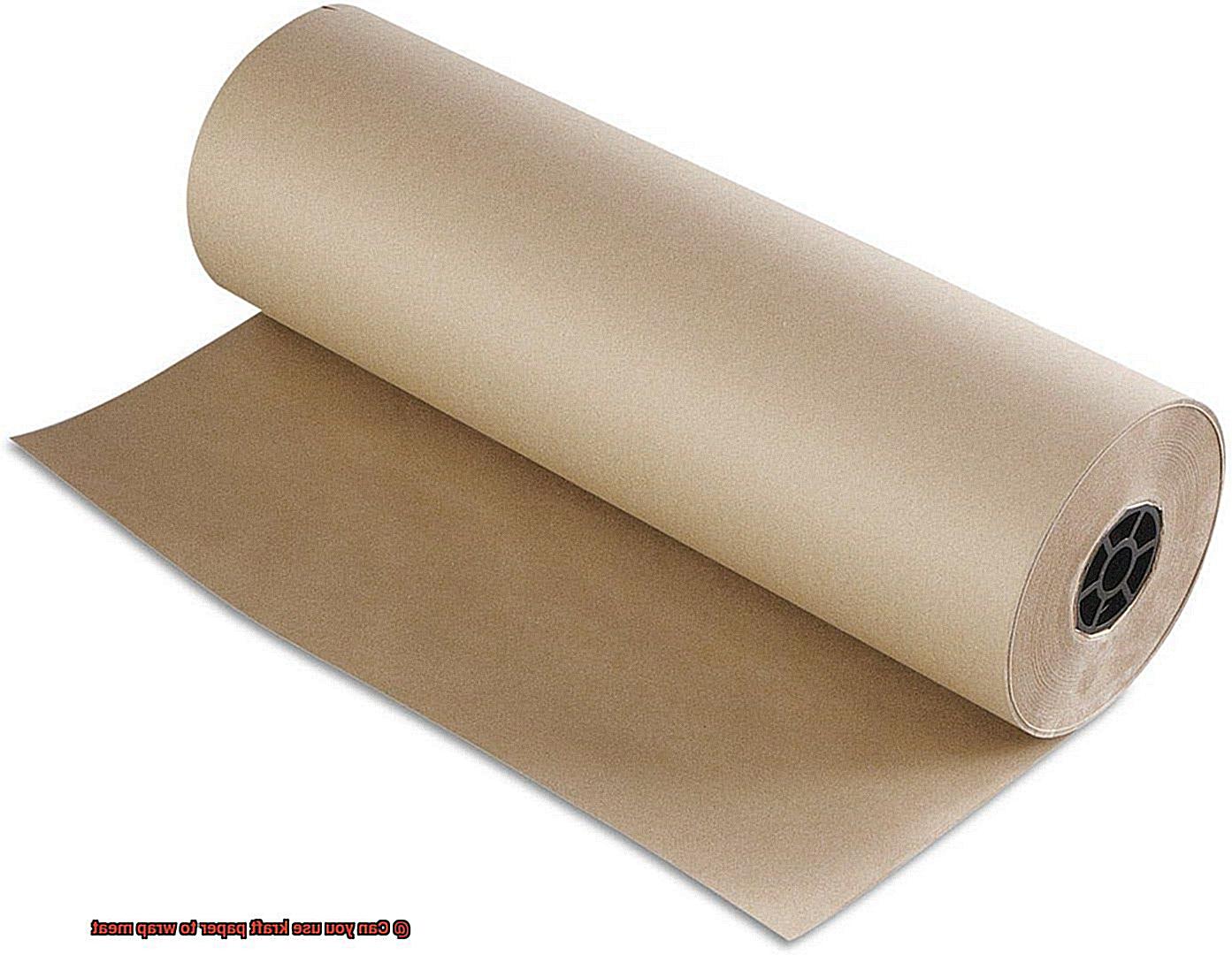
When wrapping the meat, make sure you wrap it snugly but not so tight that it tears the paper. Start by placing the meat in the center of the kraft paper and folding one end over the top of the meat. Then, fold the sides of the paper inwards towards the center, making sure they overlap slightly. Finally, fold the remaining end of the paper over the top of the meat and tuck it under to secure it in place. However, always remember to handle the meat gently during this process to avoid tearing or damaging the packaging.
Store Correctly
After wrapping your meat in kraft paper, store it in a cool and dry place such as a refrigerator or cooler until ready to grill. This will prevent any bacteria from growing on the meat and causing foodborne illnesses. It is also essential to label each package with the type of meat and date of packaging, making it easier for identification later on.
Trim Excess Paper
Any excess kraft paper should be trimmed off before storing or grilling your wrapped meat. This will prevent it from catching on fire while grilling and avoid any unnecessary risks.
Alternatives to Using Kraft Paper for Wrapping Meat
Whether it’s due to concerns about chemicals or simply wanting to try something new, there are plenty of alternatives available that can provide a safer and more flavorful option for grillers and smokers.
One fantastic alternative is butcher paper, which is specifically designed for wrapping meat. Made from unbleached and untreated paper, it’s a more natural option for those who are concerned about chemicals. Plus, it has a higher moisture resistance than kraft paper, which means it can help keep your meat moist during the cooking process.
If you’re looking for a great seal and moisture lock-in, aluminum foil is an excellent option. It’s perfect for keeping your meat juicy and tender. However, be aware that foil can cause your meat to steam rather than smoke, which can affect the flavor. Additionally, foil doesn’t allow the meat to develop a crust or bark, which is desired by many grillers and smokers.
Parchment paper is another alternative that provides a non-stick surface for the meat. It’s perfect for wrapping individual portions and keeping them from sticking to each other. However, parchment paper isn’t as durable as kraft or butcher paper and may tear easily when handling larger cuts of meat.
For a unique and traditional alternative with an aromatic flavor, consider using banana leaves. They’re popular in certain cuisines such as Filipino and Thai and provide a natural and distinctive taste to the meat. Banana leaves also create a beautiful presentation on the plate. However, they can be tricky to find in some areas and may require some preparation before use.
EutKFE6HU8s” >
Conclusion
To wrap meat, kraft paper is an excellent choice due to its versatility and eco-friendliness. Its robustness, durability, and resistance to moisture make it perfect for wrapping heavy items like meat. However, not all kraft paper is created equal; therefore, it’s crucial to opt for food-grade paper specifically designed for use with food.
While kraft paper itself is generally safe for use in food packaging, the ink or coating on the paper may contain harmful chemicals. Therefore, handling the meat carefully when wrapping it with kraft paper is essential to avoid contamination.
Choosing high-quality kraft paper is vital to ensure that your meat stays secure while wrapped. Additionally, proper storage of both the meat and the kraft paper at the appropriate temperature will prevent bacterial growth and ensure that both remain free from contaminants.
If you’re searching for alternatives to using kraft paper for wrapping meat, several other options are available such as butcher paper, aluminum foil, parchment paper, and banana leaves. Each has its unique benefits and drawbacks that should be considered before use.
Overall, whether you’re an eco-conscious consumer or merely looking for a new way to store your meat safely and effectively, exploring the world of kraft paper as a wrap is worth considering.

